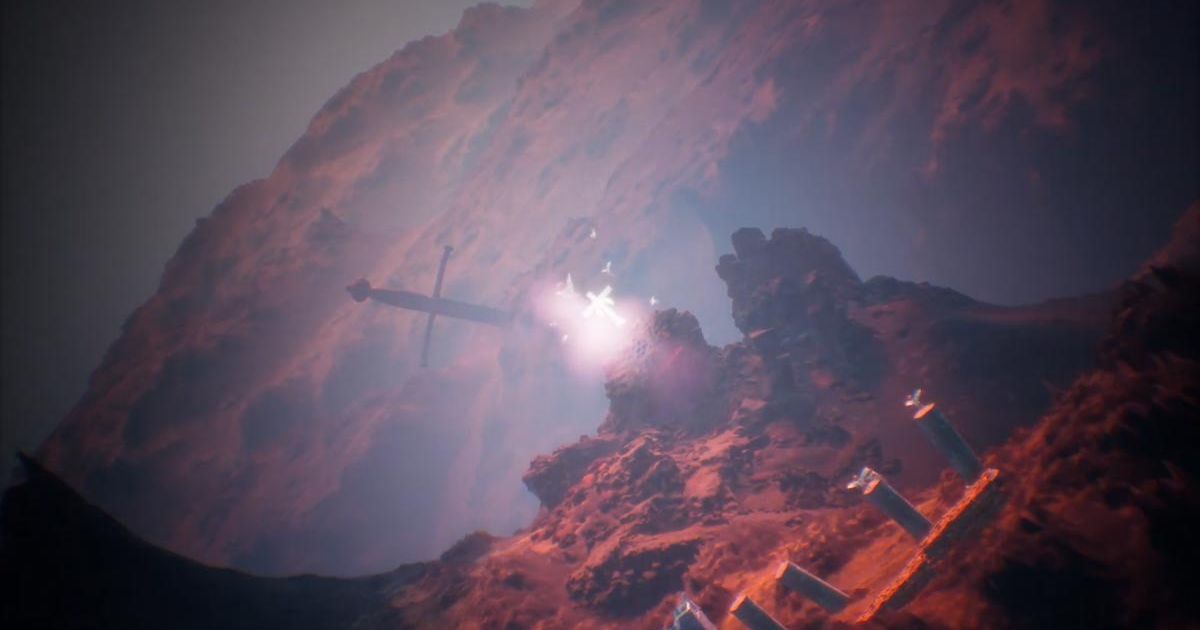The internet's newest trend: NFT’s (Non-fungible tokens) are uniquely encrypted sub-creations of cryptocurrency. While an understanding of cryptocurrency, like Bitcoin, Ethereum or DogeCoin, will help you understand what NFTs are, they’re still quite different.
As NFTs become increasingly popular and controversial as time goes on, it's important to understand what they are. Why do people buy NFTs? What are the applications? Can I make money from NFTs?
Despite initial confusion, the ever-evolving world of Blockchain and its uses isn't too hard to understand. As a matter of fact, it's quite simple. Learn everything you need to know about NFTs below.
What does non-fungible token mean?
Fungible goods are items that are interchangeable with one another. Think of a coin: for the most part, coins have a 1:1 replaceable value with another coin. Even when scuffed or scratched, one British pound is going to be the same as another British pound. The same can be said of gold which, when weighed, is worth the same as an identical pile of gold.
Non-fungible goods are the opposite. Think of a mint-grade diamond or even a mint extreme-rarity Pokémon card. A flawless diamond isn’t worth the same as an included diamond. Your Detective Pikachu promo card that came with your Blu-ray from the local supermarket isn’t the same as a Base Set Holographic Charizard.
That’s the difference between cryptocurrencies like Bitcoin and NFTs. While they can be copied – much like knock-off diamonds and Pokémon cards – the original version is always the original. If it’s popular, it’s irreplaceable, even if it’s everywhere.
What do you get for buying an NFT?
The most popular form of NFT is crypto art. Still entirely digital, musicians, artists and even videographers can make money from selling NFT originals of their work. Somehow, Grimes has successfully sold a 53-second music video for over $380,000. Even though the video can be reuploaded millions of times, the buyer still owns that original version.
But what do you actually get for purchasing an NFT if anyone can take what you’ve bought? Not much. Essentially, it’s just a very expensive way to own something that not many people are going to care about at all. The lines blur even more when stolen art gets minted and sold as an NFT. In that case, you just own the original copy of someone's download of original art.
Do NFTs have an environmental impact?
Yes. As NFTs are part of the Ethereum Blockchain, the energy cost of selling these digital goods is massive. French artist Joanie Lemercier sold six non-fungible tokens in a single 10-second auction back in 2019. That one sale used 8.7 megawatt-hours of energy.
As Ethereum is constantly mining to keep track of every owned piece of cryptocurrency and NFT token, more energy gets used in the process. The scale of cryto-based energy consumption is massive. A single transaction of Ethereum is currently estimated to have a carbon footprint of 27.93 kgCO2. This is the equivalent of “61,903 VISA transactions or 4,655 hours of watching Youtube.”
NFTs are clearly bad for the environment; most artists know this. When popular portfolio website ArtStation planned to open up NFT sales, crowds of artists protested online. The artists won.






